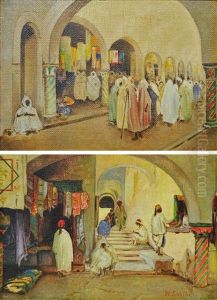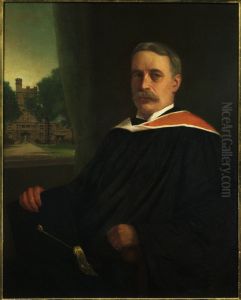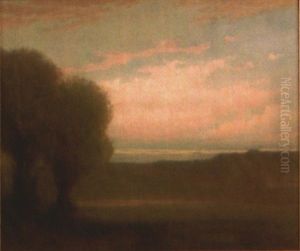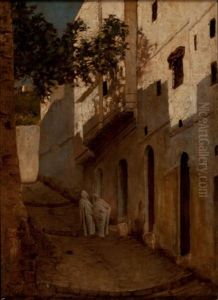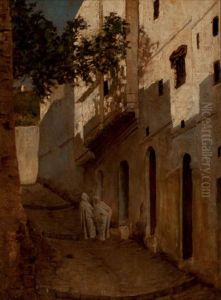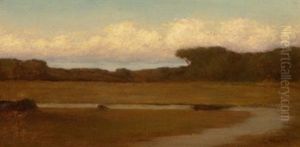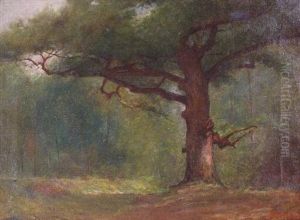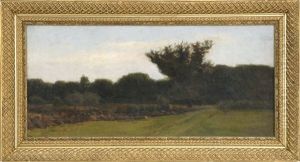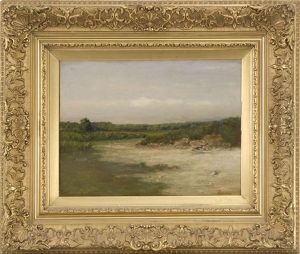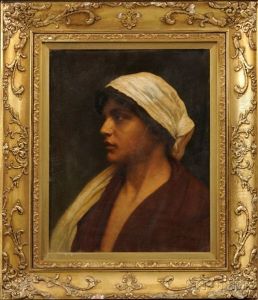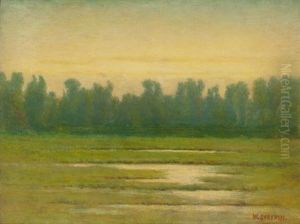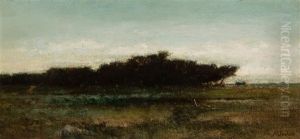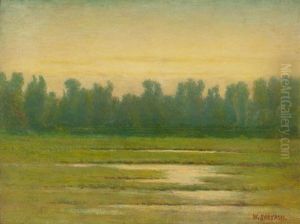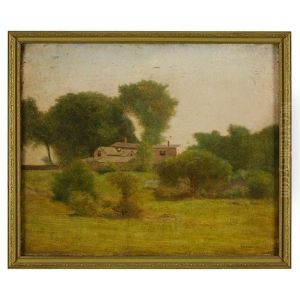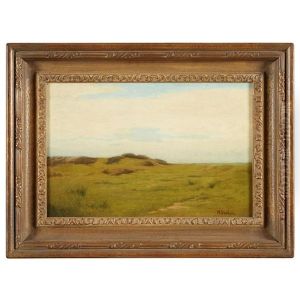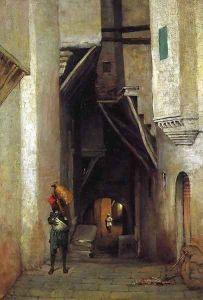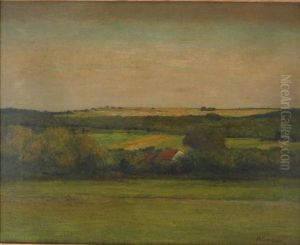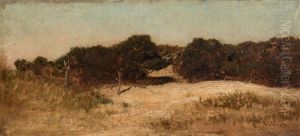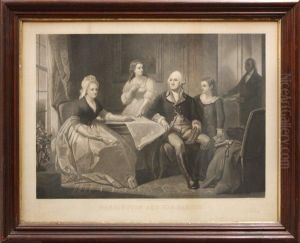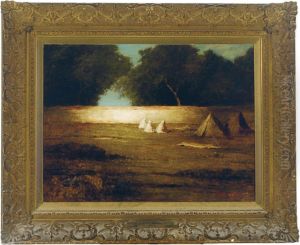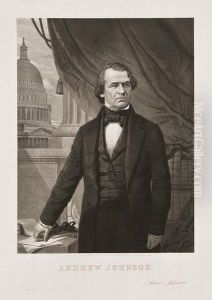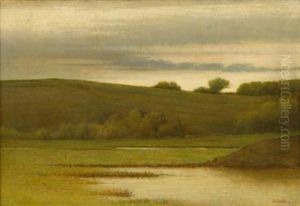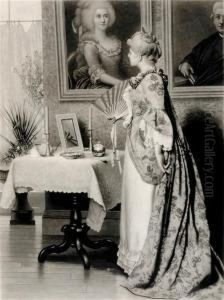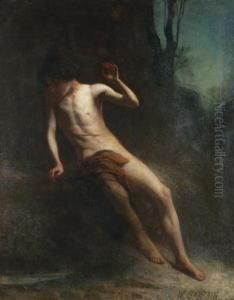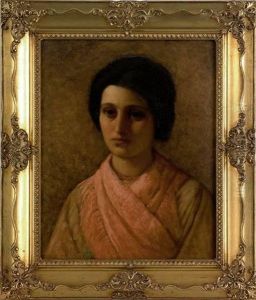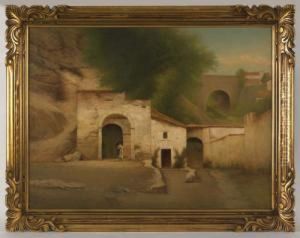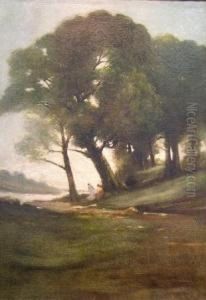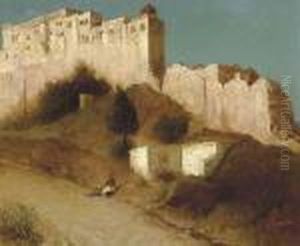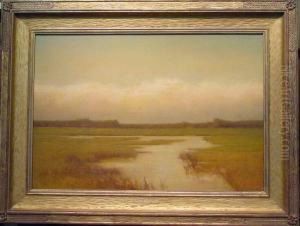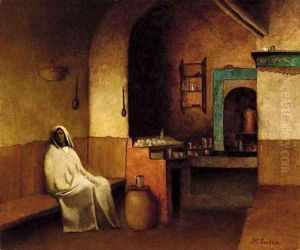William Sartain Paintings
William Sartain was an American artist known for his landscape paintings, engravings, and contributions to the Tonalism movement. Born on November 21, 1843, in Philadelphia, Pennsylvania, he was part of a family deeply involved in the arts; his siblings and he followed in the artistic footsteps of their father, John Sartain, who was a prominent engraver. William initially trained under his father before expanding his education in art by studying in Paris at the École des Beaux-Arts and under the tutelage of French landscape painter Charles-François Daubigny, a key figure in the Barbizon School which influenced the Impressionist movement.
During his time in Europe, Sartain was exposed to a variety of artistic styles and techniques, which shaped his approach to art upon his return to the United States. He settled in New York City, where he became an influential figure in the art scene, participating in the establishment of the Society of American Artists and later the National Academy of Design. His works during this period were characterized by their atmospheric quality and subdued palette, hallmarks of the Tonalism movement that sought to convey mood and emotion through landscape art.
Sartain was not only a painter but also an accomplished engraver, a skill he inherited from his father. He contributed illustrations to prominent publications of the time, further establishing his reputation in the American art world. Despite his success, Sartain remained committed to education, teaching at the Art Students League of New York, where he influenced a generation of artists.
Throughout his career, William Sartain exhibited his work widely, receiving acclaim for his ability to capture the ethereal beauty of the American landscape. His art is a testament to the transitional period in American art, bridging the gap between the Hudson River School's detailed naturalism and the more abstract, emotional expressions of the early 20th century. Sartain's legacy is preserved in his contributions to American Tonalism and his influence on the artists who followed him. He passed away on October 25, 1924, leaving behind a body of work that continues to be celebrated for its quiet beauty and atmospheric depth.
